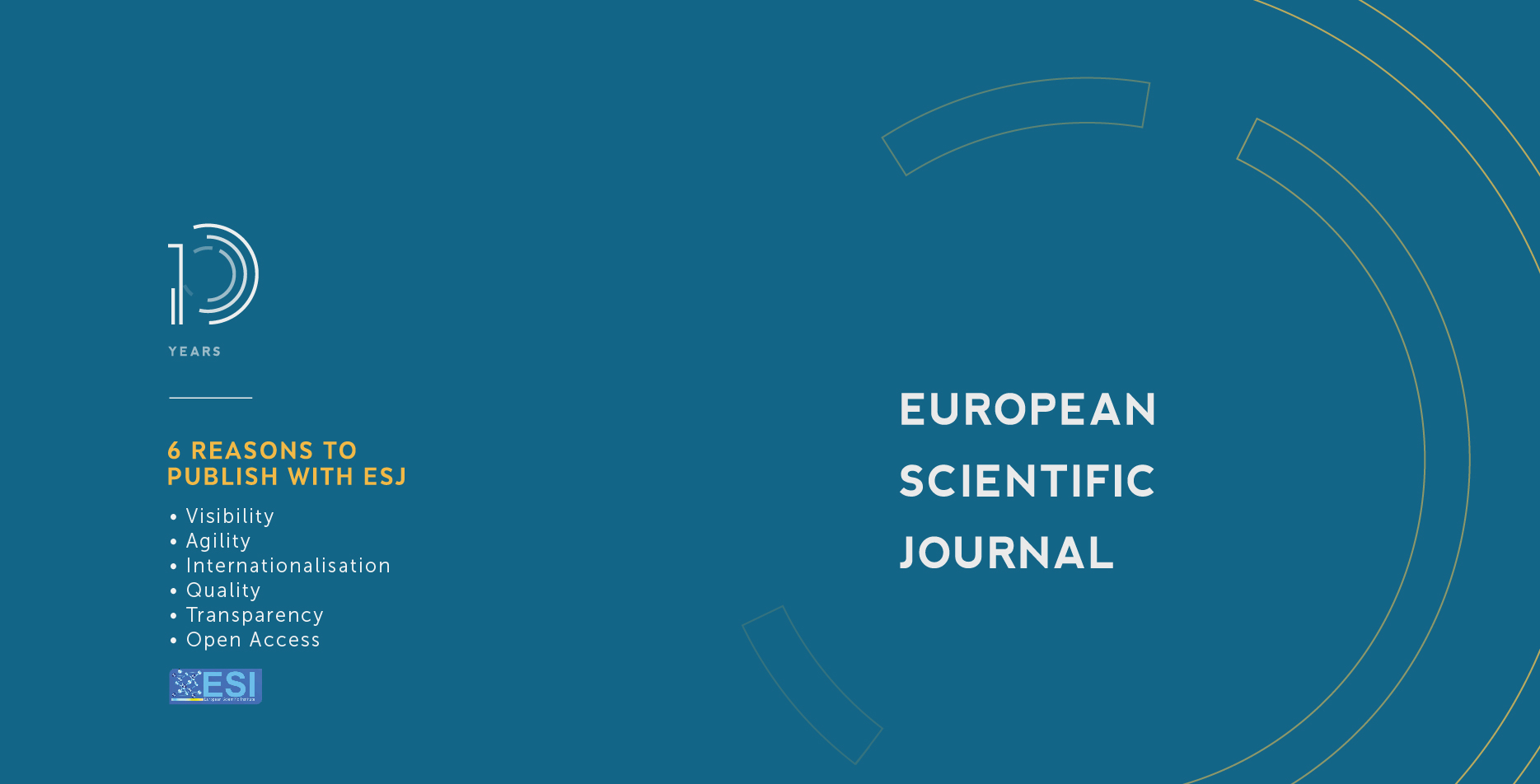Sentiment Analysis Models for Mapping Public Engagement on Twitter Data
Abstract
Unstructured data in the form of text, which is widely distributed on the internet, often has valuable information. Due to its unstructured form, an effort is needed to extract that information. Twitter is a microblogging social media platform used by many people to express their opinions or thoughts. Sentiment analysis is a way to map a sentence whether the value is positive or not. Sentiment analysis is a series of processes used to classify text documents into two classes, namely positive sentiment class and negative sentiment class. The dataset is obtained from sentiment 140 as training data to build the sentiment analysis model. To test the model, the data used by the crawler algorithm were extracted using the Twitter API. This study focuses on determining public sentiment based on their writing on Twitter. The classification model used in the study is multiclass naive Bayes. The TF-IDF method was also used to weigh the selected feature. The experimental results show that the resulting model has an accuracy of 74.16% with an average precision of 74%, a recall of 74%, and an f-measure of 74%.
Downloads
Metrics
PlumX Statistics
Copyright (c) 2020 Yulius Denny Prabowo, Harya Bima , Dirgantara Larasati

This work is licensed under a Creative Commons Attribution-NonCommercial-NoDerivatives 4.0 International License.








